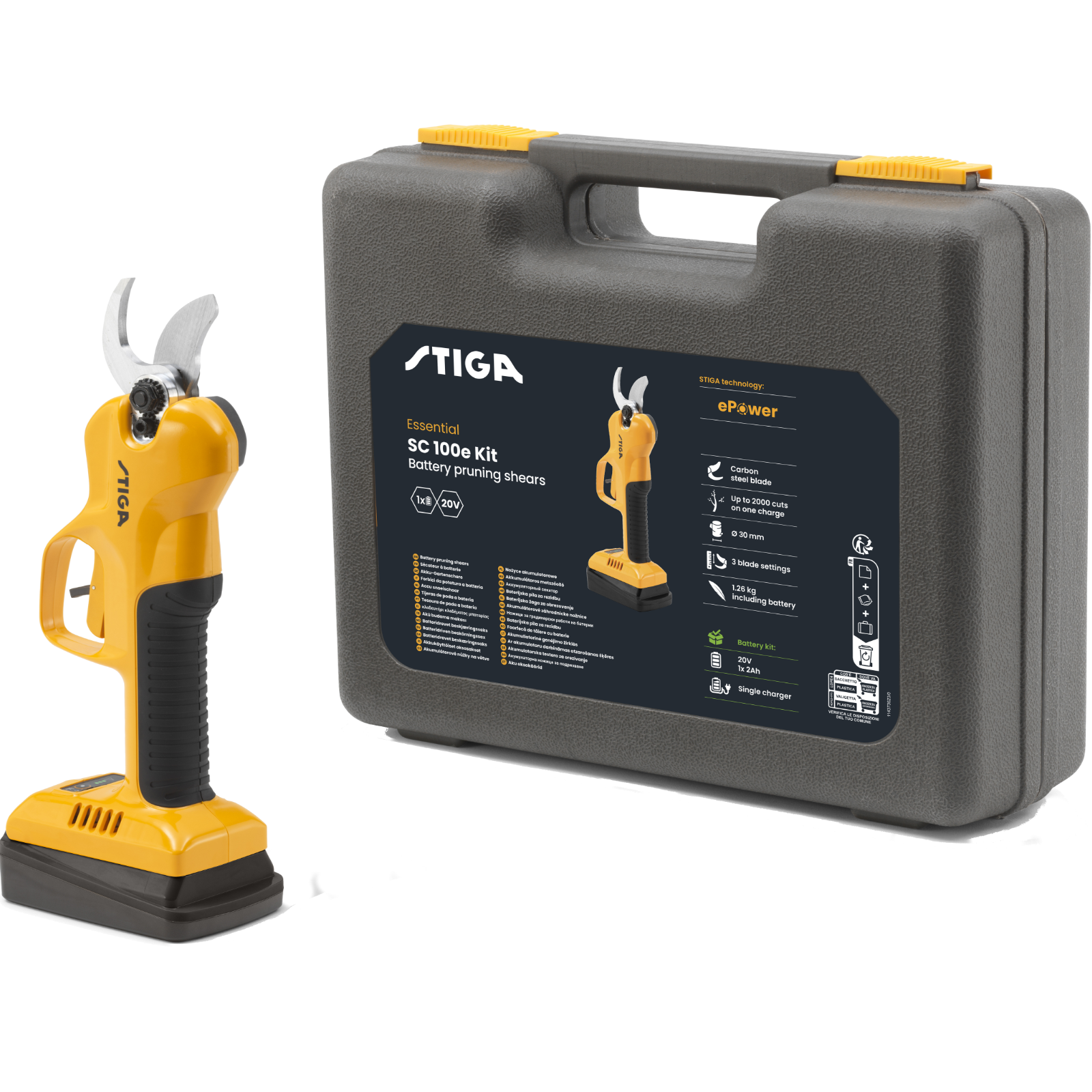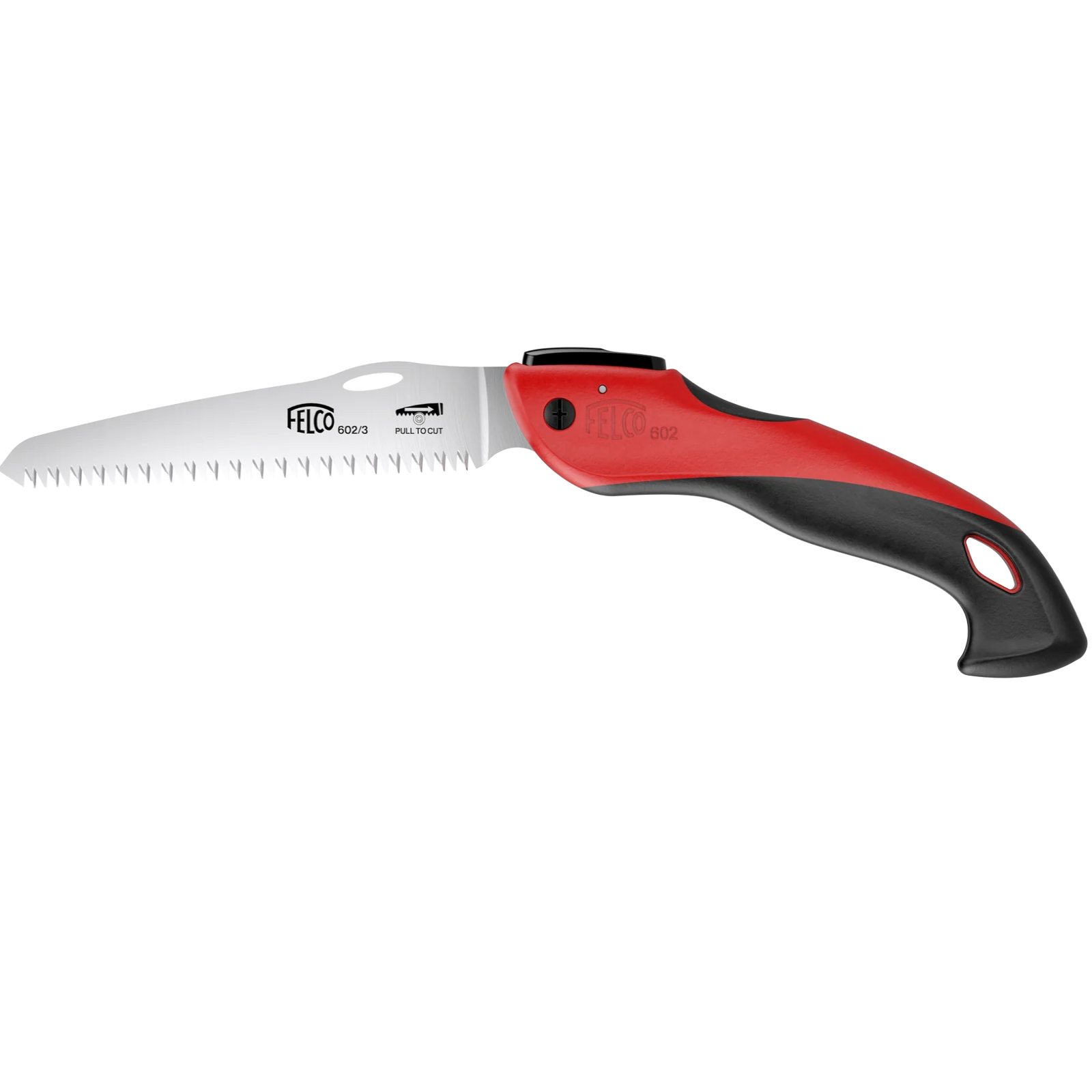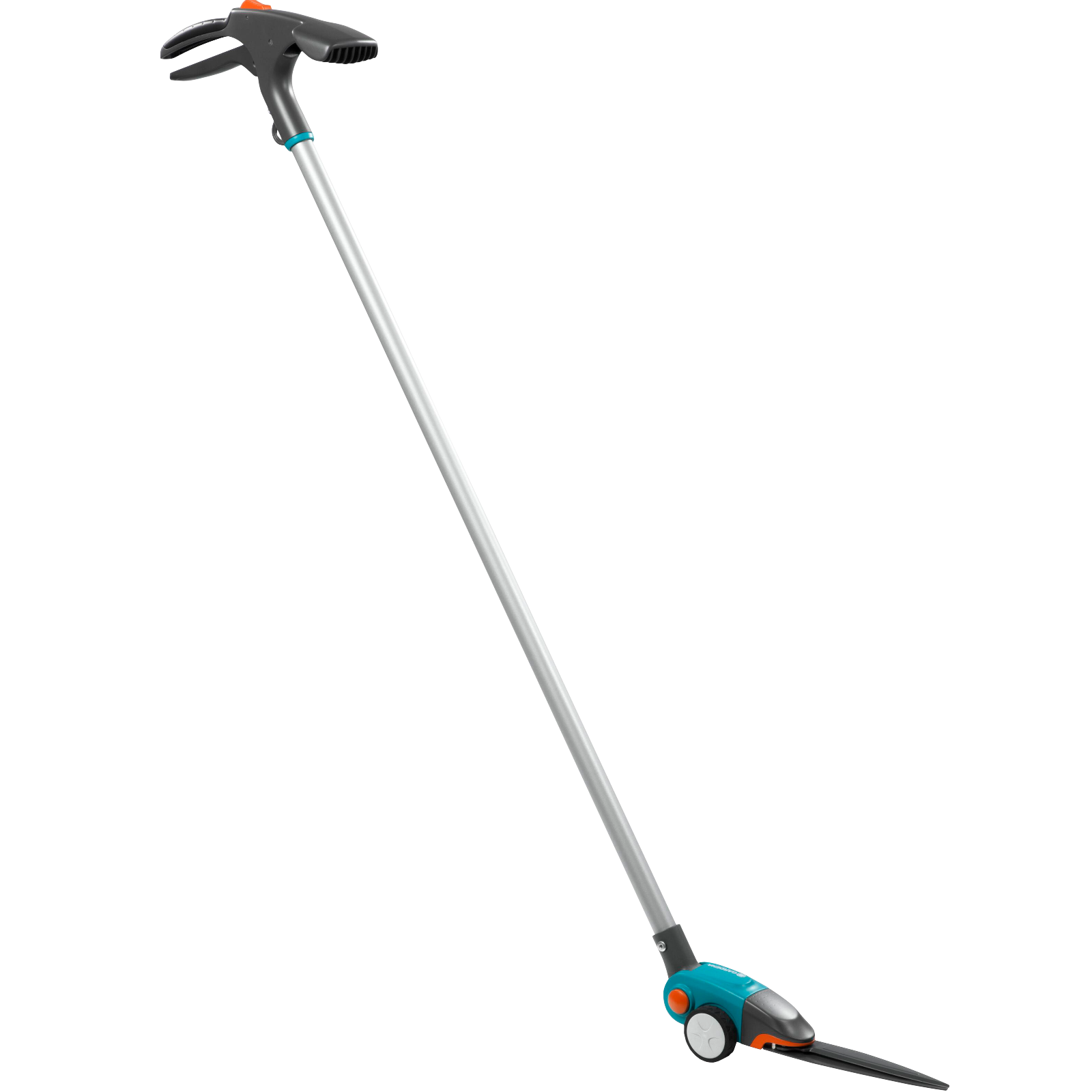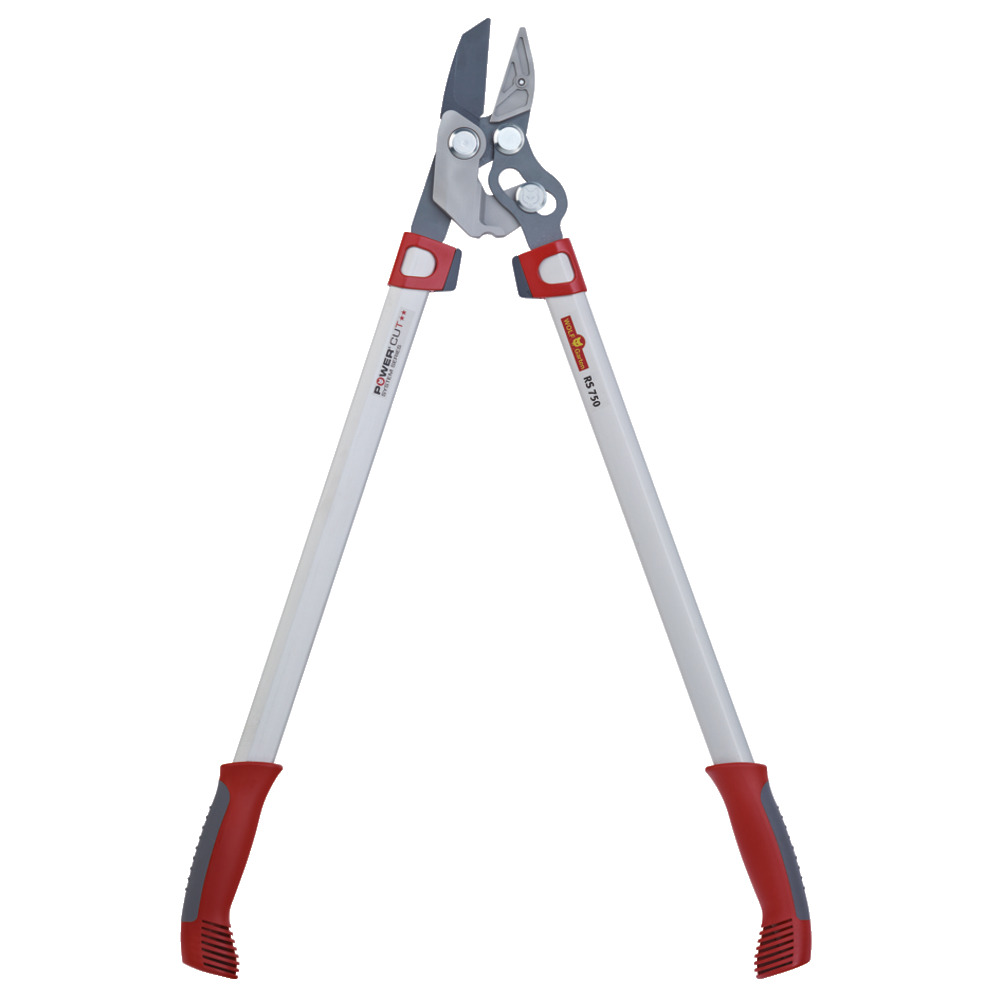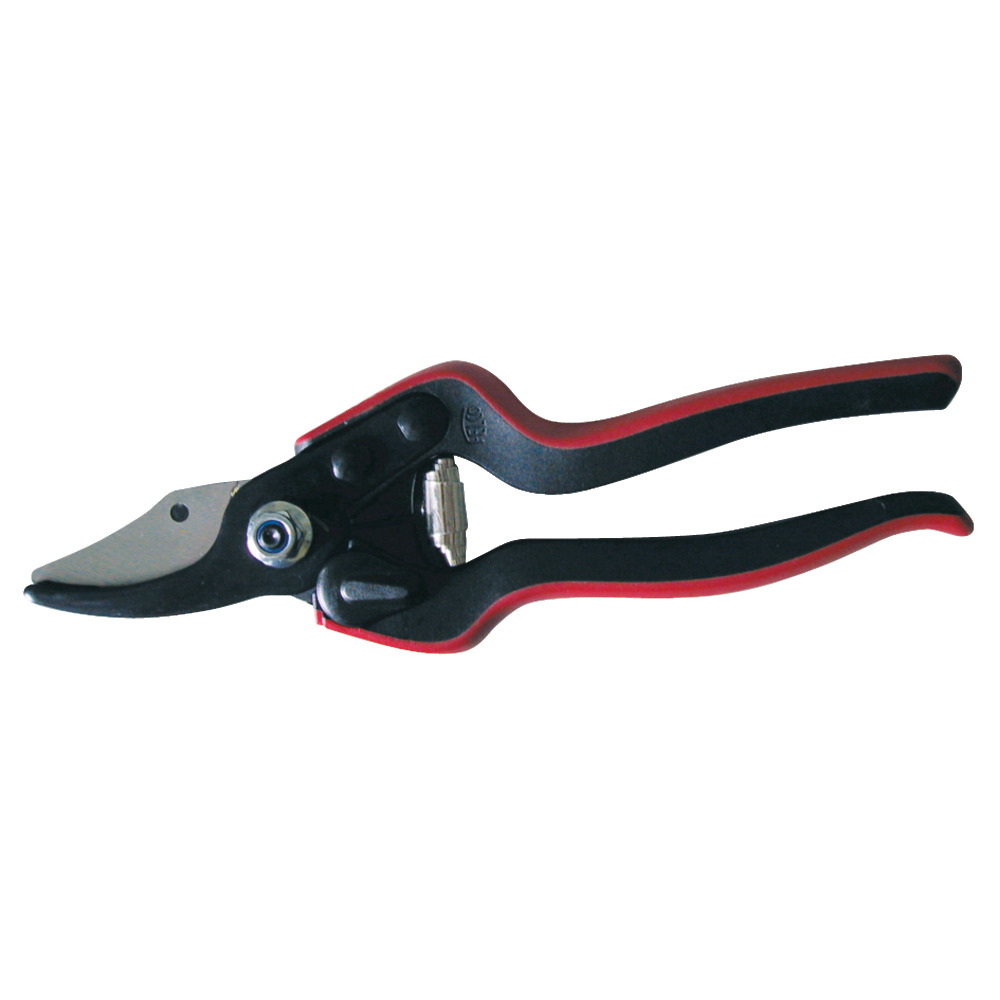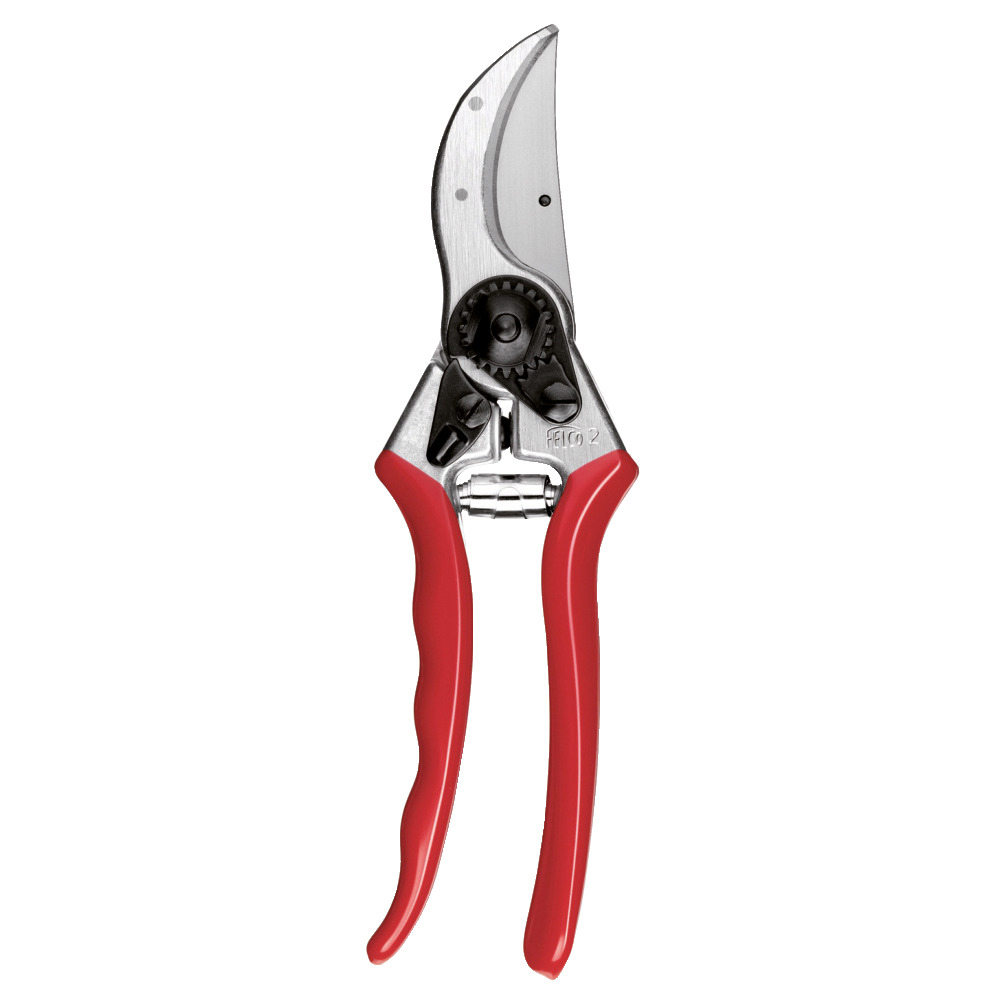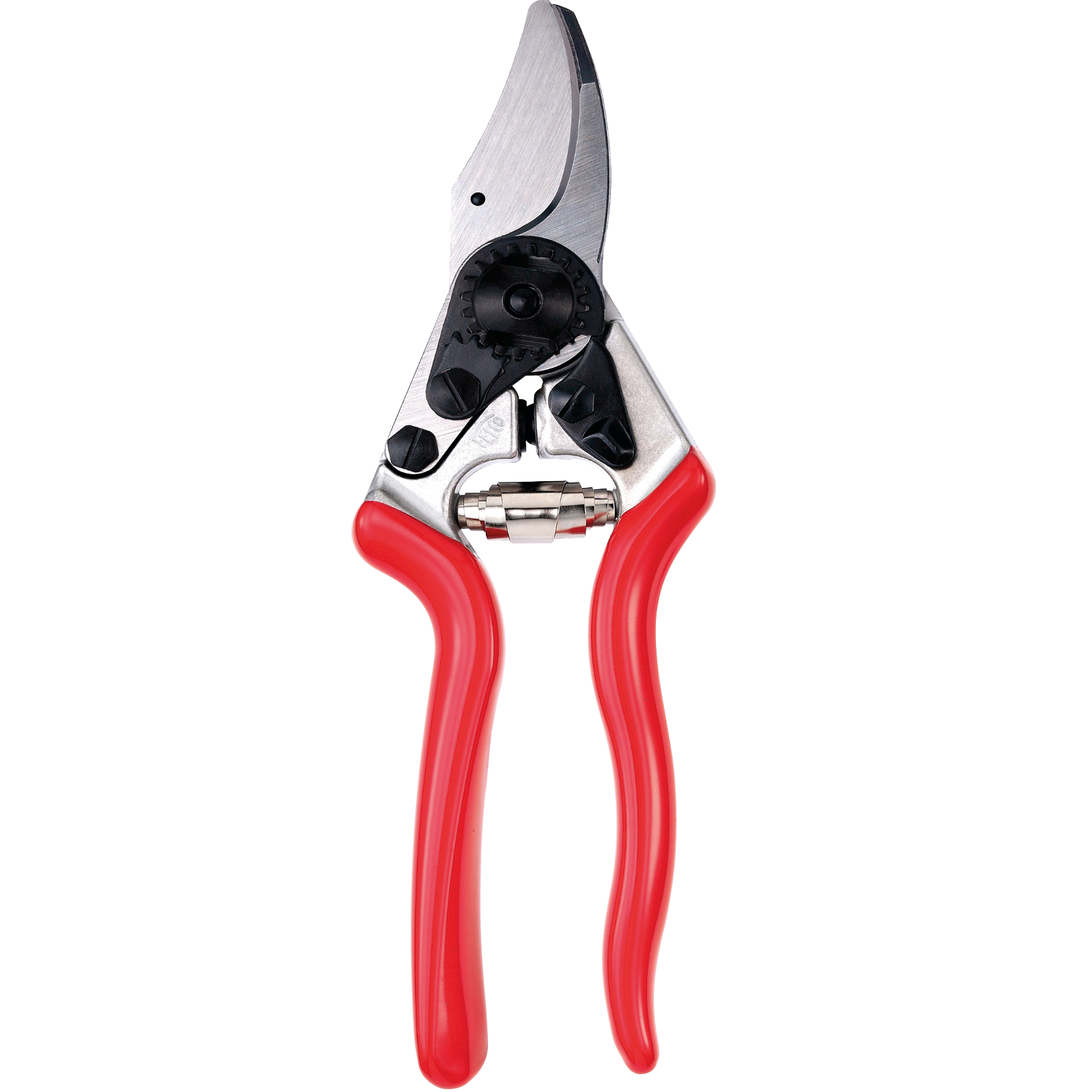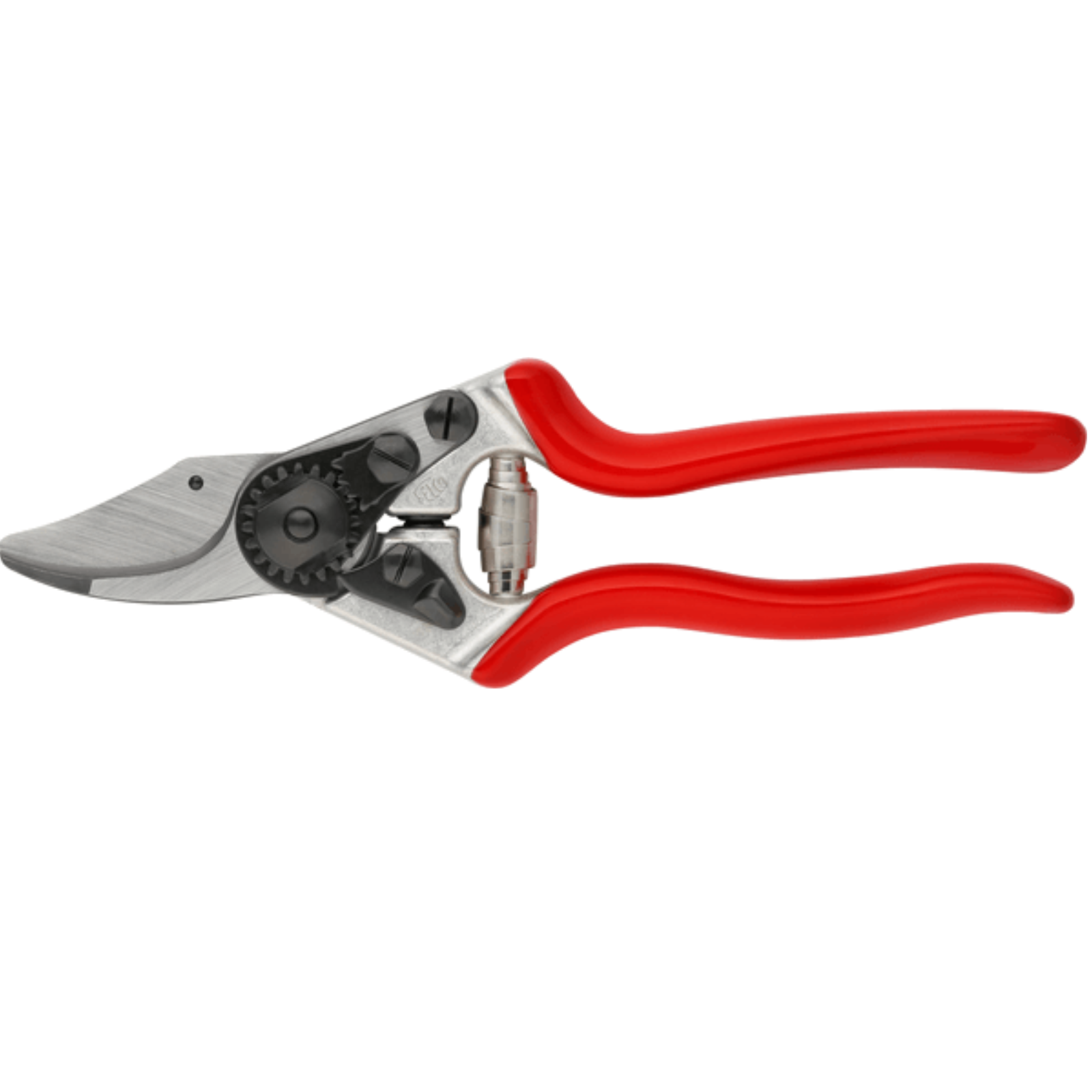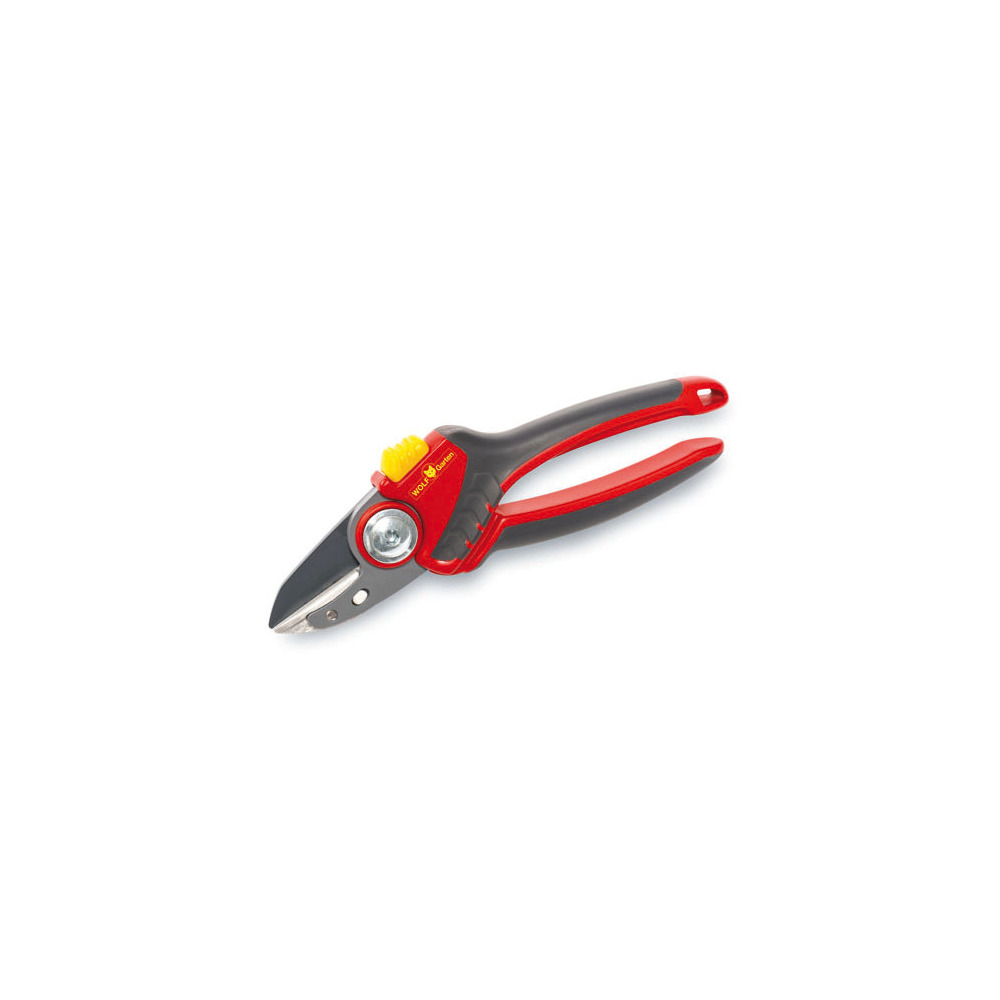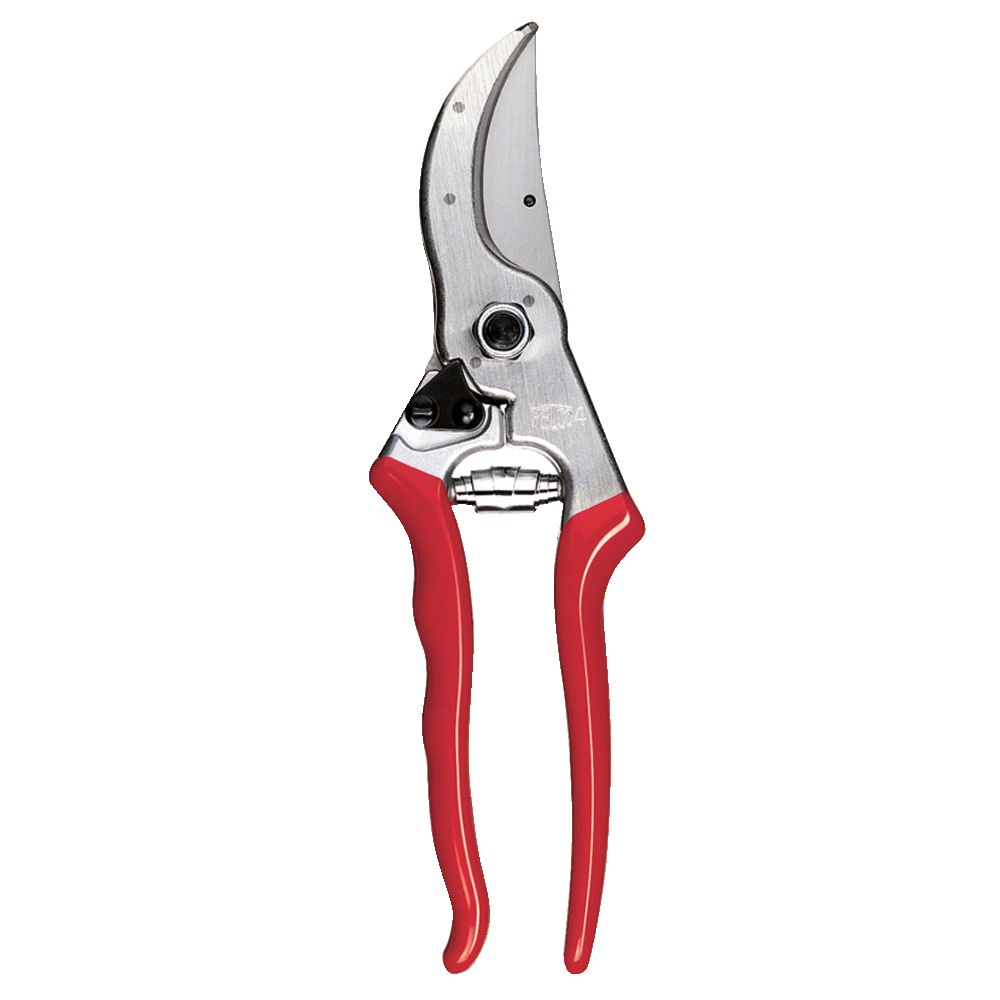18/02/2025
The perfect pruning
Pruning is important to promote the growth and health of trees. The aim is to optimise the tree structure, improve light and air circulation and remove diseased areas. Pruning is divided into two categories, maintenance pruning and rejuvenation pruning.
Maintenance pruning preserves the shape of the tree and increases its vitality. Sick or damaged branches are removed to relieve the tree and minimise the risk of disease.
Rejuvenation pruning revitalises older or unkempt trees. Vigorous pruning is carried out to encourage new growth.
Different tree species have different needs. Fruit trees, for example, require special pruning to maximise fruit production. Other trees, however, such as oaks, should only be pruned to a limited extent to preserve their natural shape.
The right time
The right time for pruning has a significant influence on the health and growth of the tree. If trees are pruned at the wrong time, this can disrupt the growth cycle. Pruning too early or too late can also make the tree more susceptible to diseases or pests.
The wrong pruning time can rebalance the tree and this can lead to structural weaknesses. An overhanging tree can form unhealthy branches that break over time or endanger the tree.
Pruning in winter:
In winter, during the dormant phase, the trees are the least sensitive because the metabolism is slowed down and therefore the risk of damage is minimised. Winter pruning promotes growth in spring. This time is ideal, especially for deciduous trees which draw their nutrients back into the trunk during the dormant period. You also have a good view of the tree structure without foliage. Dead and diseased branches can be recognised more easily. The effects of pruning can be better observed in spring. In frosty temperatures and snowfall, it is advisable to refrain from pruning to avoid damaging the branches unnecessarily and to preserve the tree structure.
Pruning in spring:
In spring, trees start to produce new shoots and leaves. Pruning in spring can have a positive effect on the growth and shape of the tree, but it is important to do this before the leaves sprout. This time is also ideal for removing diseased or damaged branches to relieve the tree or protect it from potential diseases that can spread during the warmer months. Spring is the optimal time to prune fruit trees to maximise their fruit production. Targeted pruning can promote high-yielding branches.
Pruning in summer:
Pruning in summer is carried out to control growth and ensure that the tree crowns do not overhang and develop healthily. Pruning in summer can channel the energy flowing through the tree into the most productive parts of the tree. In fruit trees in particular, this can lead to increased fruit production. Weakened branches that should be removed often show symptoms at this time. If small pruning cuts are made regularly during the summer and the branches are checked, pests and diseases can be recognised in good time. It is advisable to prune on cloudy days or in the early hours of the morning, as this reduces the risk of fresh wounds being burnt by the sun.
Pruning in autumn:
When pruning in autumn, it is important to prune in good time so that the trees have enough time to recover and withstand the winter. In addition, frost damage could occur at the cuts if they are not closed in time. By using mulch around the tree at this time, the root area can be better protected and the tree can absorb additional nutrients. This benefits the tree not only in autumn but also in spring. By removing damaged branches and weak shoots, you can encourage a growth spurt in spring.
The right tools for pruning
The right tools are crucial for safe and effective pruning. We recommend:
Garden shears
Suitable for thin branches and twigs up to about one centimetre.
Branch shears
Are equipped with a long handle and are suitable for thicker branches up to five centimetres. The extended lever mechanism facilitates precise cutting.
Pruning saw
A pruning saw is suitable for thicker branches and trunk sections. Hacksaws and folding saws are particularly suitable for this.
Pruner
Ideal for high branches thanks to the telescopic handle. Can be extended to around 4 metres, making it easier to work safely from the ground.
Protective equipment
You should wear suitable protective equipment such as gloves and sturdy shoes to prevent possible injuries to your hands from a tree saw, for example, or to your feet from falling branches.

